In the world of SEO, alt tags are often the unsung heroes. They’re the behind-the-scenes players that can significantly boost our site’s visibility and accessibility.
By leveraging alt tags effectively, we’re not just adhering to best practices; we’re enhancing the user experience and making our content more discoverable.
It’s a simple yet powerful tool in our SEO arsenal, and we’re here to unlock its potential. Let’s dive into how alt tags can elevate our SEO game.
Table of Contents
Key Takeaways
What are Alt Tags?
Alt tags, also known as “alt attributes” or “alt descriptions,” are crucial in SEO and web accessibility. They’re essentially text descriptions that we add to images on web pages. This helps search engines understand what the image is about. It’s not visible to users viewing the site normally. Instead, it offers a textual alternative for screen readers used by individuals with visual impairments.
Using alt tags is not just about following best practices. It’s about making content accessible and enriching the user experience. Search engines like Google place a high value on user experience and accessibility. Alt tags contribute significantly to both. They make our content more discoverable by providing context to images. This is critical because search engines cannot “see” images the way humans do.
Properly utilized, alt tags can boost our website’s SEO performance. They allow our images to rank in search engine image results. This drives more traffic to our site. Additionally, alt tags serve a crucial role in situations where images cannot load. In such cases, the alt text will display, ensuring users understand the content that’s supposed to be there.
To optimize alt tags effectively, we need to be descriptive yet concise. Think about what information the image conveys and how it relates to the surrounding content. Avoid stuffing keywords as it can harm SEO performance and user experience. Instead, focus on creating meaningful descriptions that enhance understanding.
Incorporating keywords naturally in alt tags can aid in improving our website’s relevancy. It’s about striking the right balance. Make sure the keywords align with the image and the page’s content. This strategy maximizes SEO benefits while keeping our site accessible and user-friendly.
By leveraging alt tags, we’re not only adhering to SEO best practices. We’re ensuring our site is accessible to a wider audience. This inclusivity can significantly impact our site’s traffic and engagement metrics.
Why are Alt Tags Important for SEO?
Alt tags play a crucial role in SEO strategies by making images readable to search engine crawlers. These descriptions help search engines understand the content and context of images. By doing so, we enhance the relevance of our websites for specific search queries.
Including relevant keywords in alt tags can improve website visibility in search results. This practice should be natural and reflect the image’s meaning and context.
Web accessibility is greatly improved with the proper use of alt tags. They provide a text alternative for users who rely on screen readers. This inclusivity boosts the overall user experience and can increase the time spent on our site.
Images that cannot be displayed due to slow connections or errors benefit from alt tags. Users can still grasp the intended message when the visual elements aren’t loading. This ensures that no information is lost and maintains the user’s engagement.
Search engine algorithms favor websites that offer a better User Experience (UX). Websites with well-implemented alt tags can see an improvement in their Search Engine Results Page (SERP) rankings.
Consider the impact of high-quality images becoming discoverable through image search. Alt tags enable images to appear in image search results, significantly increasing traffic to our site.
In line with Google’s SEO best practices, incorporating accurate and descriptive alt tags is recommended. It’s a reflection of our commitment to creating accessible and informative content.
We also see a direct correlation between well-crafted alt tags and the bounce rate. Engaging, descriptive tags can captivate users’ attention, encouraging them to explore more content on our site.
By investing time into optimizing alt tags, we’re not just complying with SEO standards. We’re enhancing the overall quality of our digital presence, making our content more accessible and engaging for a wider audience.
How to Write Effective Alt Tags
When it comes to crafting alt tags that bolster our SEO efforts, clarity and conciseness are key. Each alt tag should accurately describe the image it’s associated with, using plain yet descriptive language. We aim for brevity while avoiding overly generic descriptions like “image” or “photo.”
Including relevant keywords in our alt tags can significantly improve a page’s SEO performance. However, it’s crucial to integrate these keywords naturally, ensuring they directly relate to the image. Keyword stuffing in alt tags is a practice we always avoid, as it can harm our search engine rankings rather than help.
Alt tags offer us an opportunity to improve the accessibility of our content. We ensure that our descriptions can stand in for images, conveying the same information and context a visual user would receive. This practice not only benefits users with visual impairments but also enhances the overall user experience on our site.
Incorporating action-oriented words when relevant can make our alt tags more useful. For instance, if an image shows someone performing an action, we describe the action. This approach adds value by providing a clearer picture of what’s happening in the image.
We also focus on making our alt tags specific. Vague descriptions serve no one—neither search engine crawlers nor users. If an image is of a specific product, we name the product and include model details if relevant. This specificity helps our images show up in precisely targeted search queries.
Lastly, understanding the character limit for alt tags is essential. Most search engines prefer alt tags that are around 125 characters. Thus, we keep our descriptions concise to ensure they’re fully indexed.
By adhering to these guidelines, we can craft alt tags that enhance both the accessibility of our images and their SEO value.
Best Practices for Using Alt Tags
When incorporating alt tags into our web pages, it’s crucial to adhere to specific best practices. These ensure that our efforts not only boost SEO but also enhance accessibility for all users.
We begin with keeping alt tags descriptive and concise. This means accurately describing the image while being brief.
Alt tags should avoid using terms like “image of” or “picture of.” These are redundant since screen readers already announce the presence of an image.
Incorporating relevant keywords into our alt tags can significantly improve our images’ SEO value. However, keyword stuffing is a no-no. It’s about finding the right balance.
Making alt tags specific is another step towards clarity. Describing what the image specifically shows can provide more context and improve user experience.
For e-commerce sites, including product identifiers like model numbers or serial numbers in alt tags can enhance searchability and visibility.
Using action-oriented words when appropriate can make alt tags more engaging. This could compel users to take the intended action, like clicking on a call-to-action button.
We also ensure that decorative images have empty alt attributes (alt=""). This signals to screen readers to skip these images, making navigation smoother for visually impaired users.
Lastly, striking a balance between SEO and accessibility is imperative. Our goal is to make our content discoverable and enjoyable for everyone.
By following these best practices, we aim to optimize our websites for both search engines and our diverse audience.
Common Mistakes to Avoid with Alt Tags
When dealing with alt tags, we often encounter several common errors that can significantly impact SEO and accessibility. Being aware of these pitfalls is the first step to ensuring we’re leveraging alt tags effectively for SEO.
Overstuffing With Keywords. We can’t stress enough the importance of avoiding keyword stuffing in alt tags. This practice not only harms readability for visually impaired users but also triggers search engines to penalize our website’s SEO rankings.
Using Vague Descriptions. It’s essential to be as descriptive and specific as possible. Generic descriptions like “image” or “photo” don’t provide any value to users or search engines.
Ignoring Alt Tags. Some of us might overlook the importance of adding alt tags altogether. Every image should have an alt description unless it’s purely decorative. This oversight can lead to missed opportunities for improving both SEO and accessibility.
Skipping Over Decorative Images. For images that serve no informational purpose, it’s a best practice to use an empty alt attribute (alt=””). This tells screen readers to ignore the image, avoiding unnecessary distractions for users.
Not Tailoring Alt Tags to Context. The same image can serve different purposes depending on its context. We should ensure the alt text reflects the image’s role within each particular page or article.
Remember, alt tags are not just for SEO. They play a critical role in making content accessible to all users. By avoiding these common mistakes, we’re not only boosting our website’s visibility but also its usability and inclusivity.
Conclusion
We’ve explored the pivotal role alt tags play in both SEO and web accessibility. By now, it’s clear that these small yet powerful elements are not just about making our images searchable; they’re about crafting a more inclusive and discoverable digital world. We’ve shared key strategies for writing effective alt tags that resonate with both search engines and users alike. Remember, the goal is to be descriptive, concise, and relevant while avoiding common pitfalls. Let’s put these insights into action and elevate our content to new heights. With well-crafted alt tags, we’re not only enhancing our SEO performance but also ensuring our websites are accessible to everyone. Let’s make every image count and drive our digital presence forward.
Frequently Asked Questions
What are alt tags in SEO and web accessibility?
Alt tags, also known as “alt attributes” or “alt descriptions,” are text descriptions added to images on web pages. These tags help search engines understand the content of the image and provide a textual alternative for individuals with visual impairments, boosting SEO and enhancing web accessibility.
Why are alt tags important for SEO?
Alt tags are crucial for SEO as they make images readable to search engine crawlers, thereby improving a website’s visibility in search results. They provide context to images, which can improve a page’s ranking and increase traffic.
How do alt tags improve web accessibility?
Alt tags enhance web accessibility by offering a text description of images for users who rely on screen readers. This ensures all users, regardless of visual capabilities, can understand the content presented by images on a website.
What are the guidelines for writing effective alt tags?
To write effective alt tags, use plain, descriptive language that’s clear, concise, and relevant. Avoid generic descriptions, integrate relevant keywords naturally without overstuffing, and consider including action-oriented words and product identifiers for e-commerce sites. Remember to keep alt tags specific to the image context.
What common mistakes should be avoided when creating alt tags?
Common mistakes include overstuffing alt tags with keywords, using vague descriptions, completely ignoring alt tags, skipping alt tags for decorative images, and failing to tailor alt tags to the context of the image. Avoiding these errors can significantly enhance the SEO value and accessibility of images on a website.


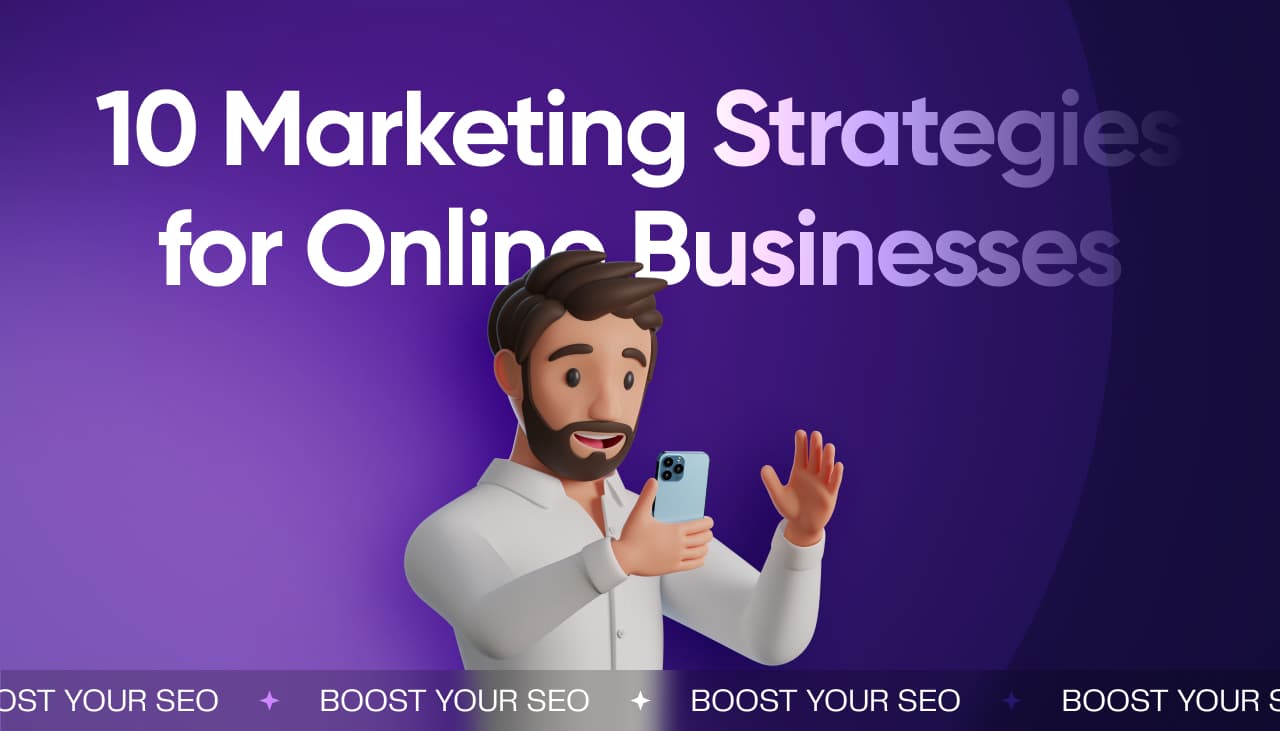








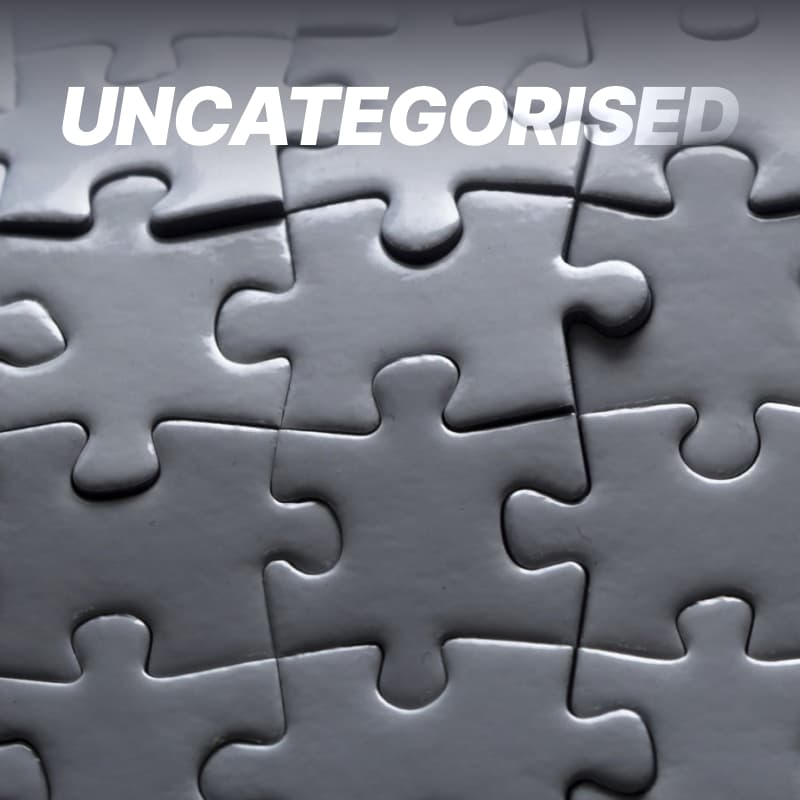

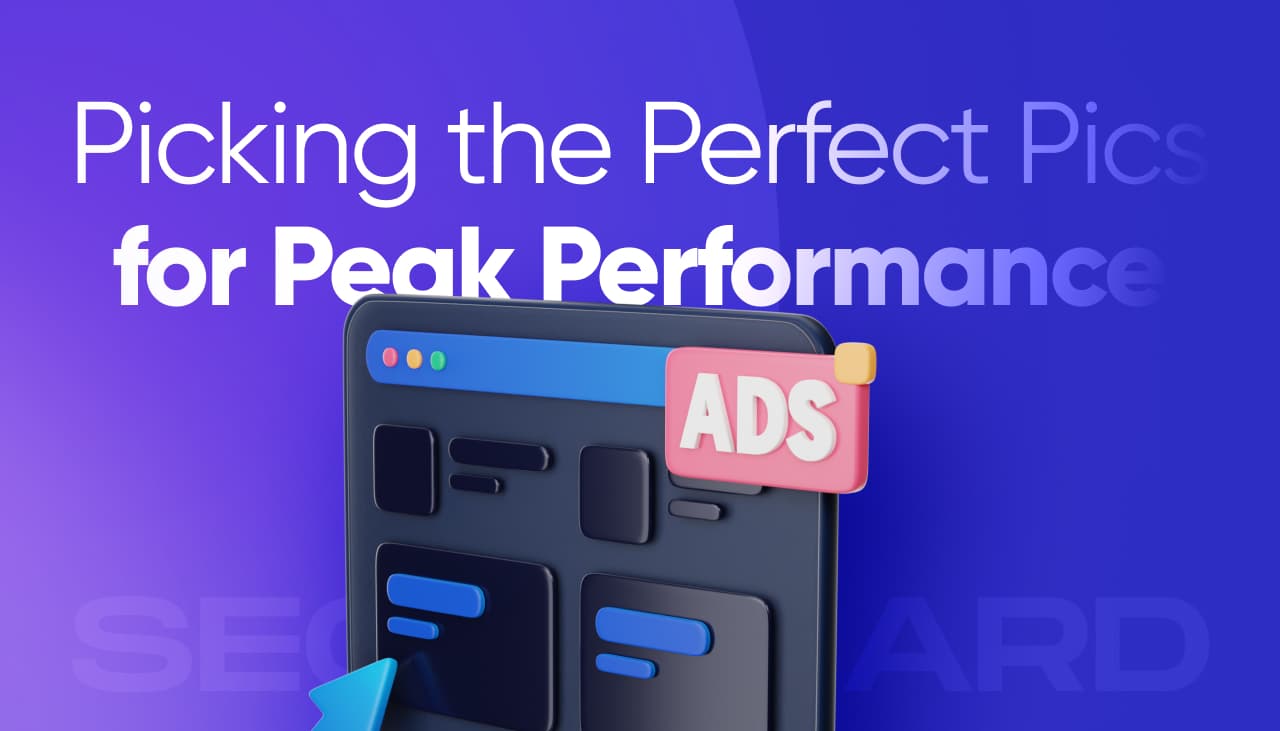

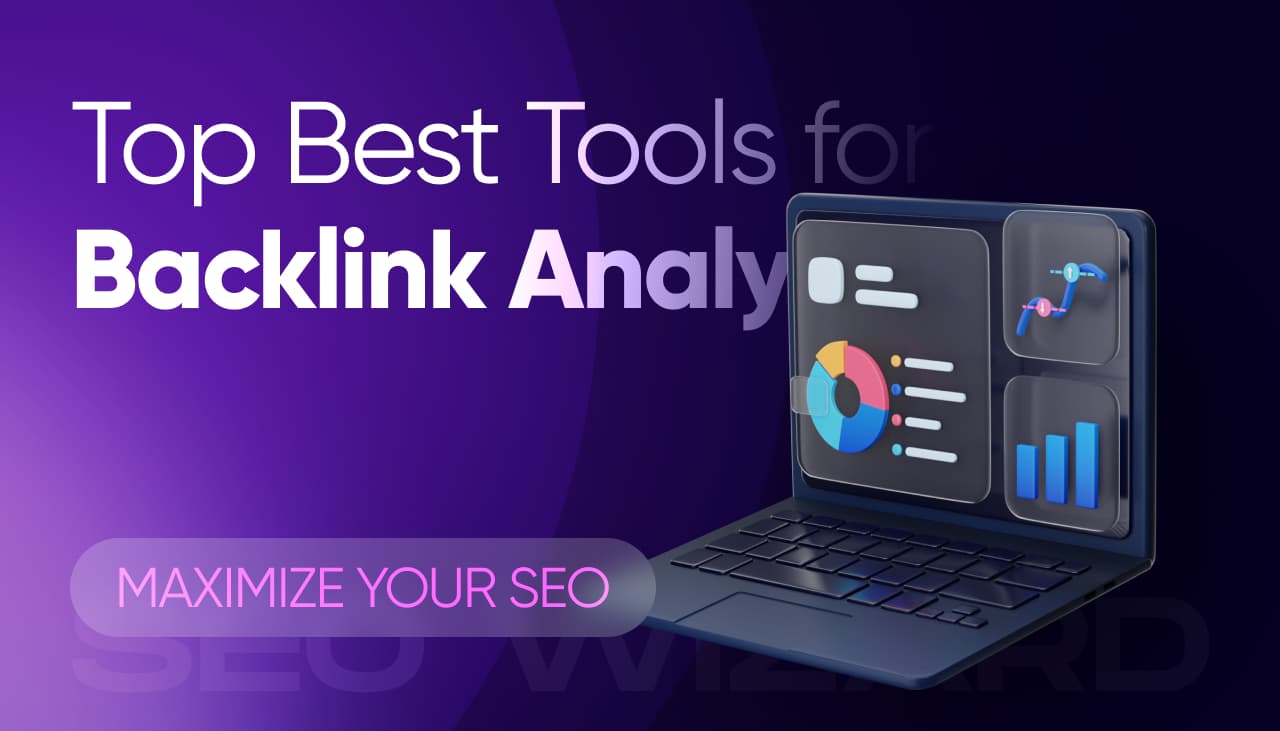
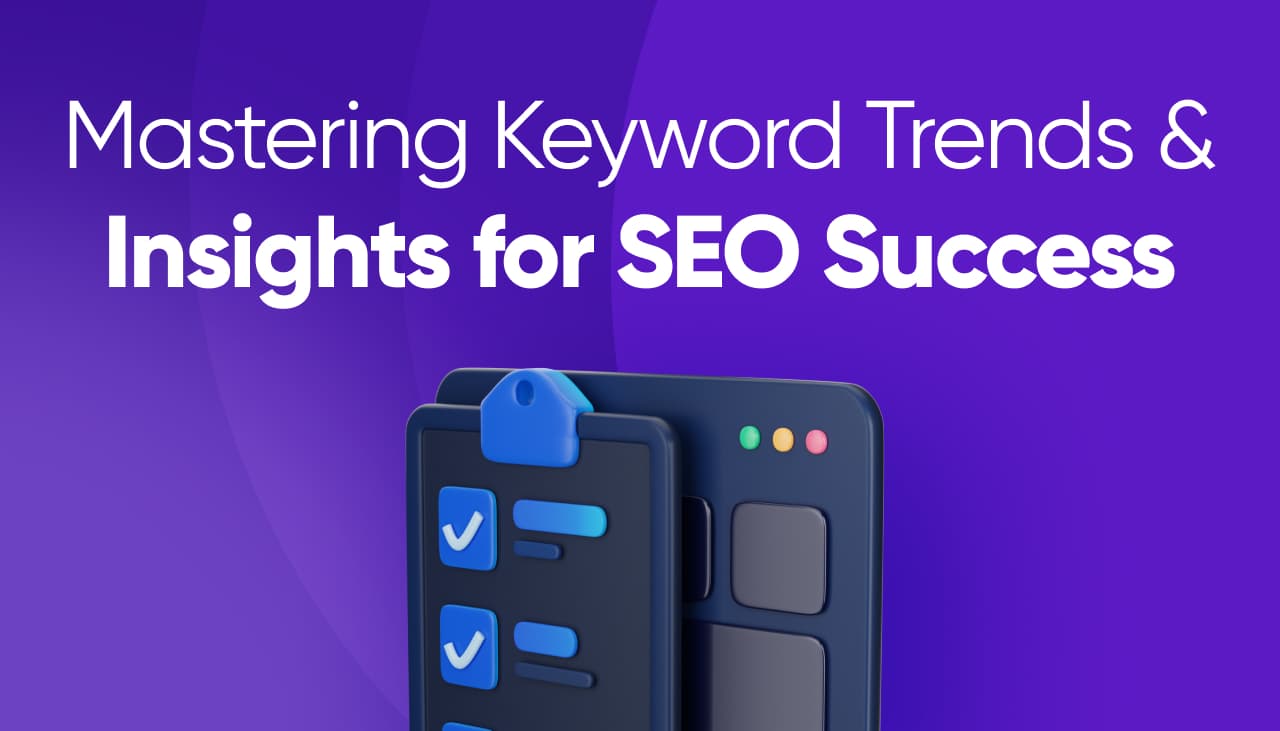

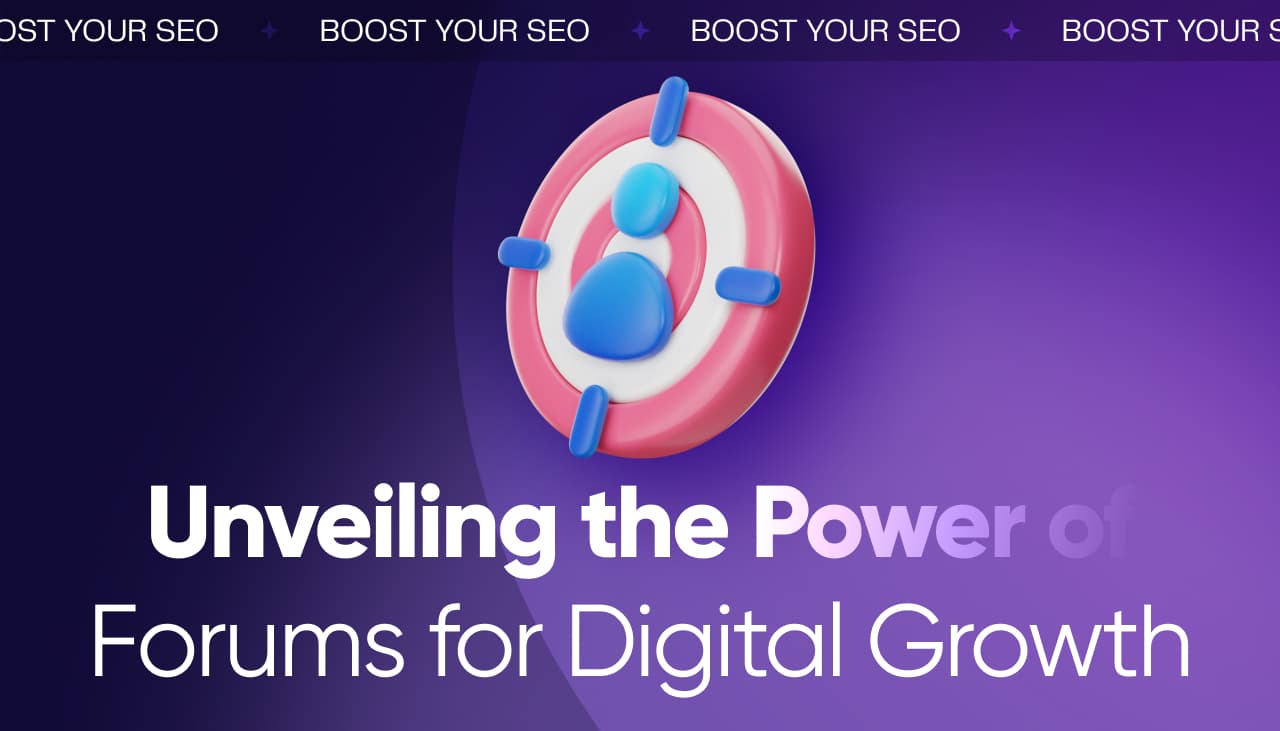

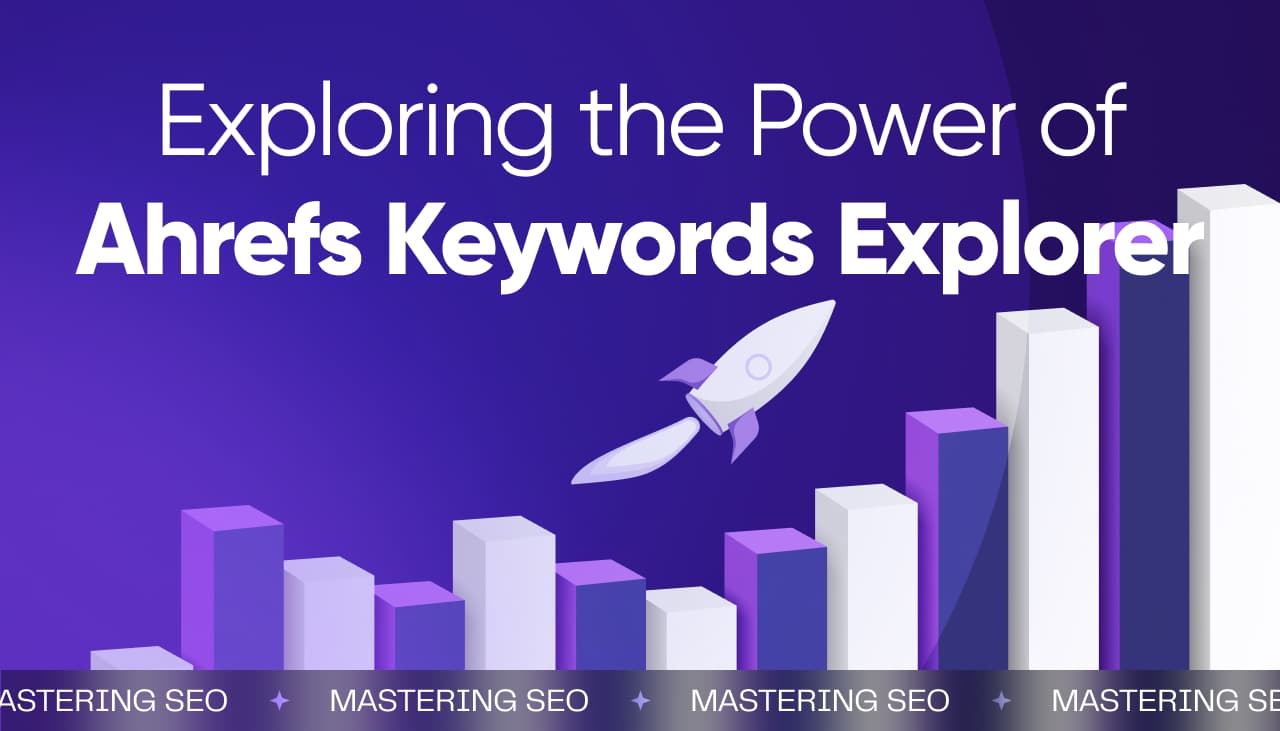

Responses (0 )